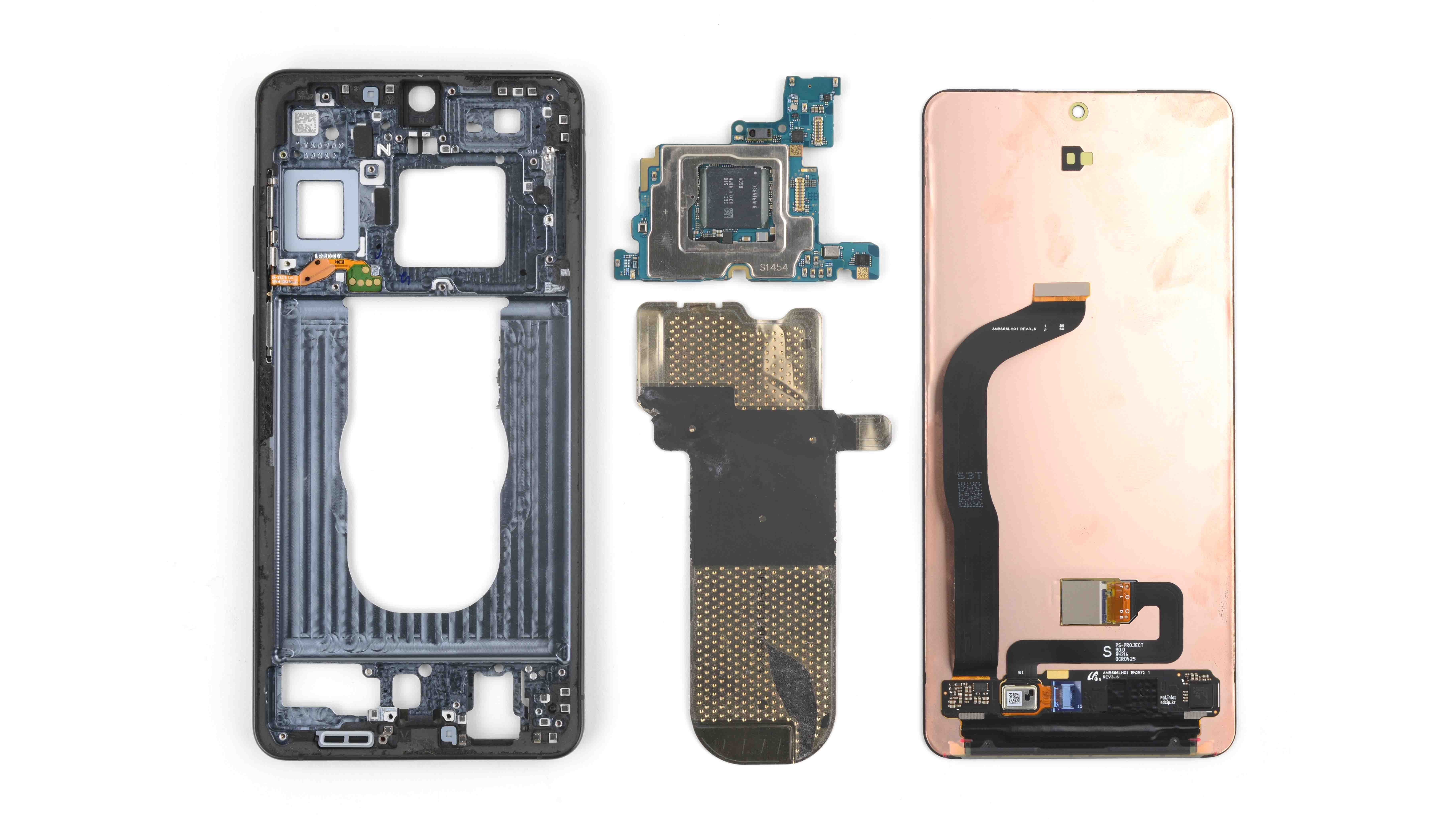In 2025, Apple and Samsung are diving headfirst into a trend many thought had been left behind: the ultra-slim phone. 
Both companies are pushing the idea of phones that are incredibly light and thin, but as appealing as these devices might seem, they overlook the most important rule of smartphone design: don’t sacrifice battery life.
The latest leaks and rumors surrounding the iPhone 17 Air and Samsung’s super-slim flagship models show just how far these brands are willing to go for sleekness. But despite the aesthetic appeal, these phones are destined to fail. Why? Simple: poor battery life. The world remembers the iPhone 12 mini, a compact phone that generated buzz due to its small size. But users quickly found themselves plagued by constant battery anxiety, leading Apple to discontinue it after just two generations.
Remember the days when we were all “wall huggers,” constantly searching for power outlets? Or when some people turned their bags into mobile charging stations, full of tangled cables and bulky power banks? It wasn’t pretty. Now, Apple’s solution in 2025 is an iPhone 17 Air with a 2,800 mAh battery. While the phone is thin, it’s still a large device, and its performance falls short due to the inadequate battery life.
On the other hand, brands like OnePlus are proving that it’s possible to design a compact phone with exceptional battery life. The OnePlus 13s (aka OnePlus 13T) is a 6.3-inch phone with a 5,850 mAh battery, easily outlasting its competitors in terms of performance. And this isn’t even using cutting-edge technology-it’s just a standard battery. If OnePlus can do it, why can’t Apple and Samsung?
The answer may lie in the business model. A smaller phone with a better battery might hurt the sales of their larger, more expensive “Pro Max” and “Ultra” models, which rely on premium pricing for profit margins. So, rather than focusing on real innovation, these companies are pushing a gimmick that compromises user experience.
Additionally, performance is another concern. Samsung’s Galaxy S25 Edge, despite its slim design, is overheating due to the lack of cooling solutions in its thin frame. A teardown revealed that the heat from the vapor chamber is transferred directly to the battery, causing it to exceed recommended temperatures, which leads to both poor battery performance and faster degradation.
The truth is, the market is unforgiving. No amount of marketing fluff can save a phone with subpar battery life. Imagine being on a once-in-a-lifetime hike and pulling out your phone to capture the sunset, only to find it’s dead. That’s where these ultra-slim designs fall short: they fail to understand what people truly want from their devices. People don’t just want a sleek phone; they want something that works when they need it most.
1 comment
Don’t get me wrong, I love tech and innovation, but when your phone dies before dinner, that’s a problem. It’s just frustrating. 😤